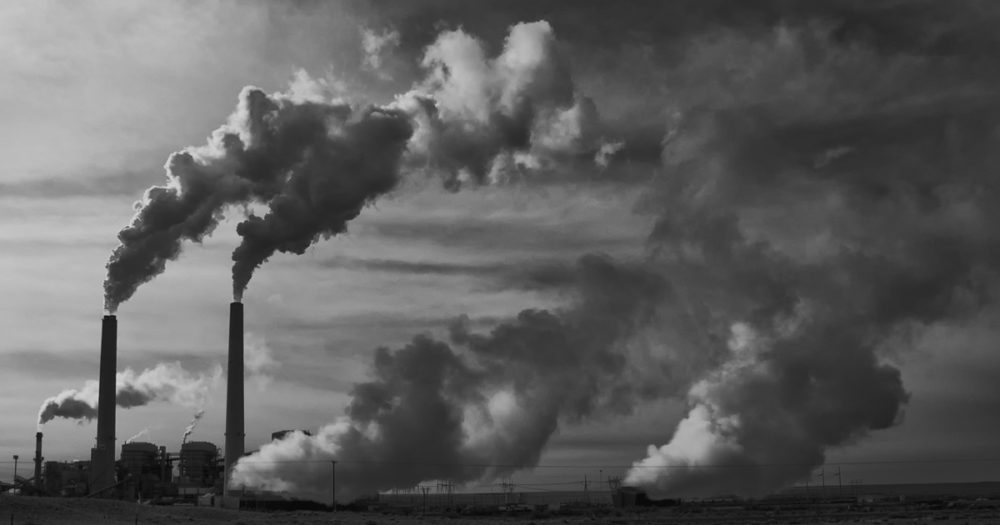Changes to an important state air pollution standard are being considered by the Illinois Pollution Control Board this summer. To assess the potential effects of changing the rule, my colleagues and I collaborated with the Clean Air Task Force to analyze the public health impacts of coal-fired power plants in Illinois. We found striking differences among the Dynegy plants that would be affected by the proposed rule change to be decided on as soon as Thursday August 23.
Under the current Illinois Multi-Pollutant Standard (MPS), the Dynegy coal plants that cause the most harm to Illinois residents are the ones more likely to be closed or be upgraded with air pollution control technology. But if the Pollution Control Board adopts Dynegy’s proposal to change how state air pollution limits are calculated, it could result in the company closing its cleaner plants and keeping its dirtiest plants open because it would no longer need the cleanest plants in its fleet to comply with the state requirements.
My colleague James Gignac, lead analyst in the Midwest Climate and Energy Program at the Union of Concerned Scientists (UCS), further reflects on the impacts of the proposed change to the MPS, below.
***
Recently acquired by Vistra, Dynegy is a Texas-based company that owns 11 power stations in Illinois with a total generating capacity of 8,200 megawatts. Eight of these stations are coal-fired power plants connected to the grid operator MISO. Dynegy is not a regulated utility (it is an independent power producer or merchant generator), yet has sought to force ratepayers to subsidize its power plants. In addition to its legislative efforts, Dynegy has been working with the Illinois EPA to change the Illinois MPS, a 2006 clean air standard that applies to the eight coal plants in MISO territory.
The proposed changes to the standard would create annual caps on tons of sulfur dioxide and nitrogen oxides emitted by the company’s entire coal fleet rather than maintaining the existing standards that require small groups of plants to meet stringent rates of pollution (in pounds per the amount of coal burned). If approved, the new limit on sulfur dioxide would be nearly double what Dynegy emitted last year and the cap on nitrogen oxide emissions would be 79 percent higher than 2016 emissions. Sulfur dioxide leads to formation of particulate matter, and nitrogen oxides create ozone, both of which lead to many serious respiratory and cardiovascular health effects. Illinois EPA and Dynegy argue that emissions theoretically could have been higher under the existing standard and therefore the new caps should be considered an improvement that also provides operational flexibility to the industry.
What’s at stake?
As part of an upcoming report, UCS partnered with the Clean Air Task Force which has developed a methodology and software application to estimate the health impacts of individual coal plants. Below is a chart showing key annual public health impacts caused by the eight Dynegy plants subject to the MPS based on their 2016 operations:
Estimated 2016 Health Effect Incidents of Eight Dynegy Coal Plants
| Coal Plant | Location | Megawatt-hours (2016) | Premature Deaths | Heart Attacks | Asthma Attacks | Asthma ER Visits | Acute Bronchitis | Hospital Admins | |||
| Baldwin | Baldwin, IL | 9,793,431 | 26.1 | 15.7 | 171.8 | 11 | 14.9 | 7.3 | |||
| Coffeen | Coffeen, IL | 4,606,098 | 4.4 | 2.6 | 29.1 | 1.9 | 2.5 | 1.2 | |||
| Duck Creek | Canton, IL | 2,108,062 | 1.5 | 0.9 | 10.3 | 0.7 | 0.9 | 0.4 | |||
| E.D. Edwards | Bartonville, IL |
|
36 |
|
237.6 | 15 |
|
10.2 | |||
| Joppa | Joppa, IL | 3,162,666 | 38.6 | 22.8 | 248.1 | 15.5 | 21.6 | 10.8 | |||
| Havana | Havana, IL | 2,353,449 | 9.2 | 5.6 | 61.0 | 3.9 | 5.3 | 2.6 | |||
| Hennepin | Hennepin, IL | 1,436,468 | 24.5 | 14.9 | 161.6 | 10.2 | 14.1 | 7.0 | |||
| Newton Unit 1 | Newton, IL | 2,157,885 | 25.5 | 15.3 | 165.7 | 10.4 | 14.4 | 7.1 |
Coal plants emit various types of air pollutants but can reduce the harmful impacts by installing pollution controls such as scrubbers. This technology can be a major long-term investment and many plants do not have the full suite of equipment. In addition to pollution controls and emission levels, the health effects of coal plants are influenced by their downwind population levels.

We can see from the data above that Coffeen and Joppa both produced over 3 million megawatt-hours in 2016, yet the health impacts from Joppa were dramatically higher despite having a lower power output. Similarly, Duck Creek and Newton Unit 1 produced roughly equal megawatt-hours in 2016 but the harm caused by Newton Unit 1 was far greater.
In other words, the dirtiest plants in Dynegy’s Illinois fleet cause approximately 9 to 17 times more premature deaths compared to Coffeen and Duck Creek, respectively.
The concern of environmental and public health advocates is that Dynegy’s proposed change to the MPS would allow it to close cleaner plants like Coffeen and Duck Creek, which are more expensive to operate, because the company will no longer need them to offset pollution from the dirtier units. Dynegy could then run plants like Joppa and Newton Unit 1 to generate the same amount of electricity but result in greater health impacts like those listed above. Closing plants reduces the amount of available electrical generating capacity in the region which tends to increase power prices paid to companies like Dynegy. Closing cleaner plants that are more expensive to operate results in greater profits for Dynegy.
If the MPS is not changed, Dynegy would more likely retire the dirtier and more harmful plants instead. Less air pollution is a good thing for the health of Illinois residents, and continued progress toward cleaner air was the intent of the rule when it was originally adopted.
The Illinois Pollution Control Board held hearings on the proposed rule change this past winter and spring. A decision is expected soon.
***
James’ reflections highlight the need for the Illinois Pollution Control Board to reject the proposed rule change because it will not benefit the environment and public health of Illinois residents. The operational flexibility that Dynegy and Vistra desires should not outweigh the public health benefits of the existing rule.
Profitable companies who knowingly purchase aging, polluting coal plants should expect to comply with existing law and responsibly install modern pollution controls or invest in cleaner, more competitive sources of generation. The Dynegy plants can be reliably replaced with other resources and doing so with renewable energy and energy efficiency can deliver significant economic benefits and bill savings to electric customers in central and southern Illinois. Vistra and Dynegy’s efforts to keep their coal plants open at the same time they attempt to roll back air quality standards is contrary to the clean energy transition underway in Illinois and should be rejected.
Our upcoming report, available in October, will further explore the many benefits of replacing Illinois coal plants with clean energy technologies.

